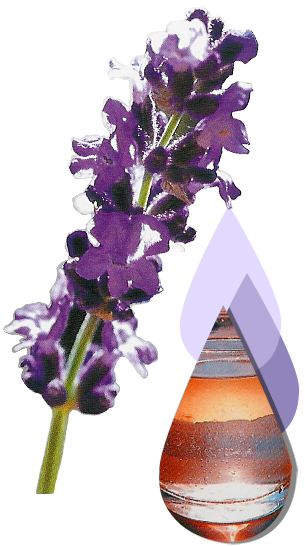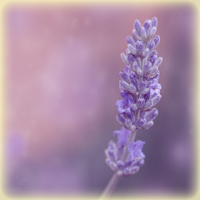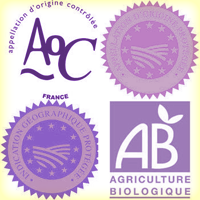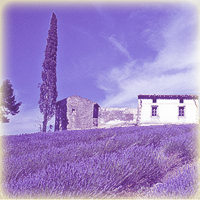Production and sustainable development
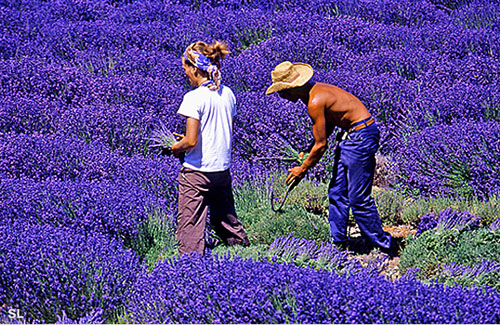
Lavender growers and the Minister of Agriculture, Michel Barnier, signed a joint charter for sustainable development during the first “Planète Durable” (Sustainable Development) Conference in Paris on April 10, 2008.
This charter has three dimensions: social, economic and environmental.
All lavender cultivation methods are now entered as part of this charter.
Despite various pressures on them over the years, lavender growers made the unequivocal decision via this charter to counter the trend towards increased productivity using lavender clones and more intensive cultivation which generates more pollution.
Because they live so close to nature, Fine Lavender growers know just how fragile lavender in all its beauty can be.
It is quite natural that they have undertaken this commitment to take an active role in its conservation.
For decades, lavender and lavandin have been two emblematic and traditional cultivations in Provence

Until the 20th century, the lavenders were gathered; however, as their multiple benefits became more appreciated, lavenders have since been cultivated.
Production of Lavenders of Provence is located solely in:
- 4 departments – The Drôme, Alpes de Haute Provence, Hautes-Alpes, Vaucluse;
- 20 000 acres under cultivation;
- 2 000 growers and about 25 000 related workers;
- 120 distilleries of which 30 are open to visitors.
Lavender occurring spontaneously in the hills and under cultivation in Provence has several names: true lavender, fine lavender, or population lavender all designating the same plant having the Latin name "lavandula angustifolia P. Miller".
A particular lavender may have been selected to improve its vigor, its essential oil yield or for the intense blue color of its flower. The plant selected for its qualities is reproduced identically (cloned).
This plant is referred to as clonal lavender.
While fine lavender is cultivated by planting seeds, clones are reproduced using cuttings.
Cuttings produce a plant that will have the same characteristics as its parent.
In a cultivated parcel planted in fine lavender, each plant is genetically different from its neighbor and the plantation will have a very heterogeneous aspect. Colors and sizes of these plants vary highly. Lavender essential oil has a richer fragrance and a well-balanced composition.

Mr Francis Vidal, Lavander grower at Mévouillon, Drôme.
Only it can use the PDO label..
Lavender Production
Lavender cultivation provides a way to make use of the poor, stony agricultural lands found in dry mountainous regions from 600 to 1200 meters altitude where it would be very difficult to grow other plants given the altitude and the arid nature of the climate.
Lavender is a perennial plant that can be cultivated for about ten years.
It flowers in July and harvesting is done around July 14th depending on altitude and conditions during the year.
The main production zone for lavender essential oils is on the Albion Plateau and in districts of the eastern Vaucluse, southern Drôme, northern Alpes-de-Haute-Provence and Hautes-Alpes.
The area under fine and clonal lavender cultivation has increased progressively since 1994 as a result of the Lavender Revival Program. Before then, production had been in slow decline.
